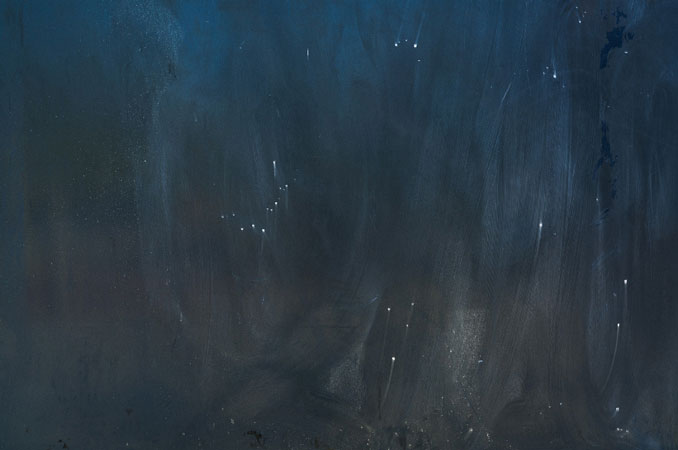In his latest works, stemming from photographs of erased graffiti, Misha de Ridder plays with the notions of destruction, generation, and transformation.
We live in an era heavily influenced by media representations, simulations, and digital experiences. “Substituting the signs of the real for the real” is a concept introduced by philosopher Jean Baudrillard. He argues that in modern society, the line between reality and theseartificial worlds has become blurred.
The act of erasing can involve both destruction and generation, transformation and reimagination — allowing for new possibilities to emerge. ‘glitch’ meditates on the idea of “unwanted information”.
Graffiti is a subversive, spontaneous form of communication meant for the masses. Through the work of misha de ridder, it is transformed and reimagined. Information that has been erased becomes information again, randomness as a surrealisttechnique.
De Ridder’s erased graffiti often appear abstract, capturing palpable razor-sharp details. Tactility of the walls and the diversity of shapes intensify the painterly quality of the work. de ridder’s approach is ultimately about looking through physical reality. In that sense, his work is a continuous search for, in the artist’s words, “unreal reality”.
‘glitch‘ is a conceptual art project, a series of images that blur the lines between abstract painting,photography, animation, and protocol art. The project comprises physical fine art prints as well as 50 animated GIFs stored using a blockchain protocol. A smart contract makes the digital art dynamic: each time a token is traded, the associated artwork changes and eventually fades away, both an ode to and a critique on blockchain art and the dreams and promises of crypto.

